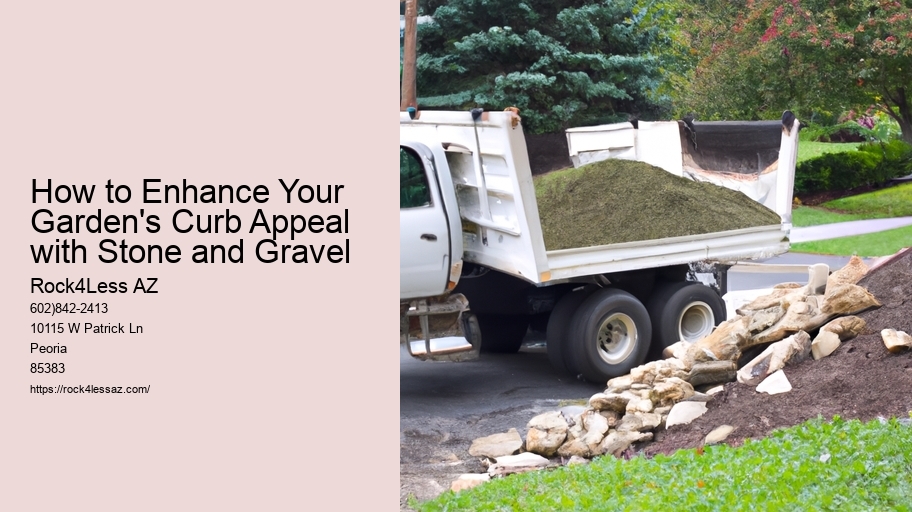Did you know that incorporating rocks into your garden design can have a powerful impact on its overall aesthetic and functionality?
In fact, studies have shown that gardens with strategically placed rocks tend to evoke a sense of tranquility and balance.
If you're looking to enhance your outdoor space, this article will provide you with expert tips and advice on how to choose and place rocks in your garden.
Unleash the power of rocks and transform your garden into a serene oasis.
The Benefits of Incorporating Rocks in Your Garden Design
By incorporating rocks into your garden design, you can enhance the aesthetic appeal and create a sense of natural beauty. Rocks offer a multitude of benefits that can transform your outdoor space into a serene and visually pleasing oasis.
Firstly, rocks provide texture and depth to your garden, adding visual interest and creating a dynamic landscape. They can be used to create pathways, retaining walls, or as decorative elements, adding structure and definition to the overall design.
Additionally, rocks act as natural barriers, preventing soil erosion and protecting delicate plants from the elements. They also help regulate soil temperature and retain moisture, promoting healthy plant growth.
Moreover, rocks are low-maintenance and long-lasting, making them a cost-effective choice for garden design. Whether you opt for large boulders or small pebbles, incorporating rocks into your garden design can significantly enhance its overall appeal while providing practical benefits for a thriving outdoor space.
Tips for Choosing and Placing Rocks in Your Outdoor Space
Carefully selecting and strategically positioning rocks in your outdoor space can greatly enhance the overall design and functionality of your garden. Here are three tips to help you choose and place rocks in your garden:
Consider the size and shape: Choose rocks that are proportionate to the size of your garden. Large rocks can serve as focal points, while smaller rocks can be used to create pathways or define borders. Additionally, consider the shape of the rocks and how they will fit into the existing landscape.
Pay attention to color and texture: Rocks come in a variety of colors and textures, so choose ones that complement the surrounding plants and hardscape features. Smooth rocks can add a calming effect, while rough-textured rocks can create a more rugged and natural look.
Create visual interest with placement: Experiment with different arrangements to create visual interest. Place rocks in groups of odd numbers, as this is more visually pleasing. Vary the heights and angles of the rocks to add depth and dimension to your garden design.
